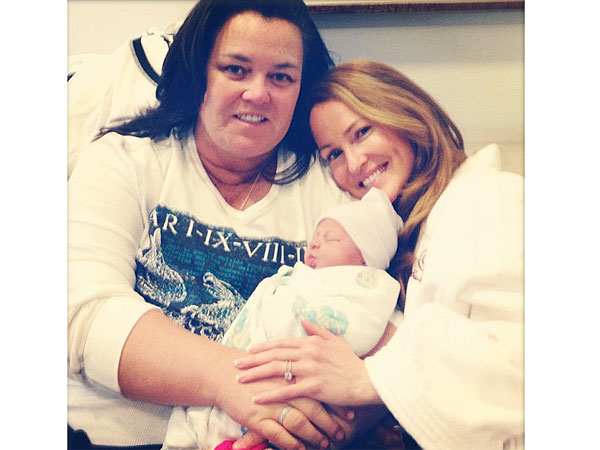WASHINGTON (Reuters) - President Barack Obama and Afghan President Hamid Karzai agreed on Friday to speed up the handover of combat operations in Afghanistan to Afghan forces this year, underscoring Obama's determination to move decisively to wind down the long, unpopular war.
Signaling a narrowing of differences, Karzai appeared to give ground in White House talks on U.S. demands for immunity from prosecution for any U.S. troops who stay in Afghanistan beyond 2014, a concession that could allow Obama to keep at least a small residual force there.
Both leaders also threw their support behind tentative Afghan reconciliation efforts with Taliban insurgents. They each voiced support for the establishment of a Taliban political office in the Gulf state of Qatar in hopes of bringing insurgents to inter-Afghan talks.
Karzai's visit, which follows a year of growing strains in U.S.-Afghan ties, comes amid stepped-up deliberations in Washington over the size and scope of the U.S. military role in Afghanistan once the NATO-led combat mission concludes at the end of next year.
The Obama administration has been considering a residual force of between 3,000 and 9,000 troops in Afghanistan to conduct counterterrorism operations while providing training and assistance for Afghan forces.
But a top Obama aide said this week that the administration does not rule out a complete withdrawal after 2014, a move that some experts say would be disastrous for the still-fragile Afghan government and its fledgling security apparatus.
Saying that Afghan forces were being trained and were "stepping up" faster than expected, Obama said Afghan troops would take over the lead in combat missions across the country this spring, rather than waiting until the summer, as was originally planned.
"Starting this spring, our troops will have a different mission: training, advising, assisting Afghan forces," Obama said. "It will be a historic moment and another step toward full Afghan sovereignty."
There are some 66,000 U.S. troops currently in Afghanistan. NATO allies have also been steadily reducing their troop numbers there with the aim of ending the foreign combat role in 2014, despite doubts about the ability of Afghan forces to shoulder full responsibility for security.
Obama said final decisions on this year's troop reductions and the post-2014 U.S. military role were still months away, but his comments raised the prospects of an accelerated withdrawal timetable as the security transition proceeds.
Precisely how much of an acceleration was unclear.
For his part, Karzai voiced satisfaction over Obama's agreement to turn over control of detention centers to Afghan authorities, a source of dispute between their countries.
The two leaders, who have had a tense relationship in the past, stood side by side in the White House East Room, nodding occasionally as the other spoke.
Obama once called Afghanistan a "war of necessity," but he is heading into a second term looking for an orderly way out of the conflict, which was sparked by the September 11, 2001 attacks by al Qaeda on the United States.
(Additional reporting by David Alexander; Editing by Warren Strobel and David Brunnstrom)










